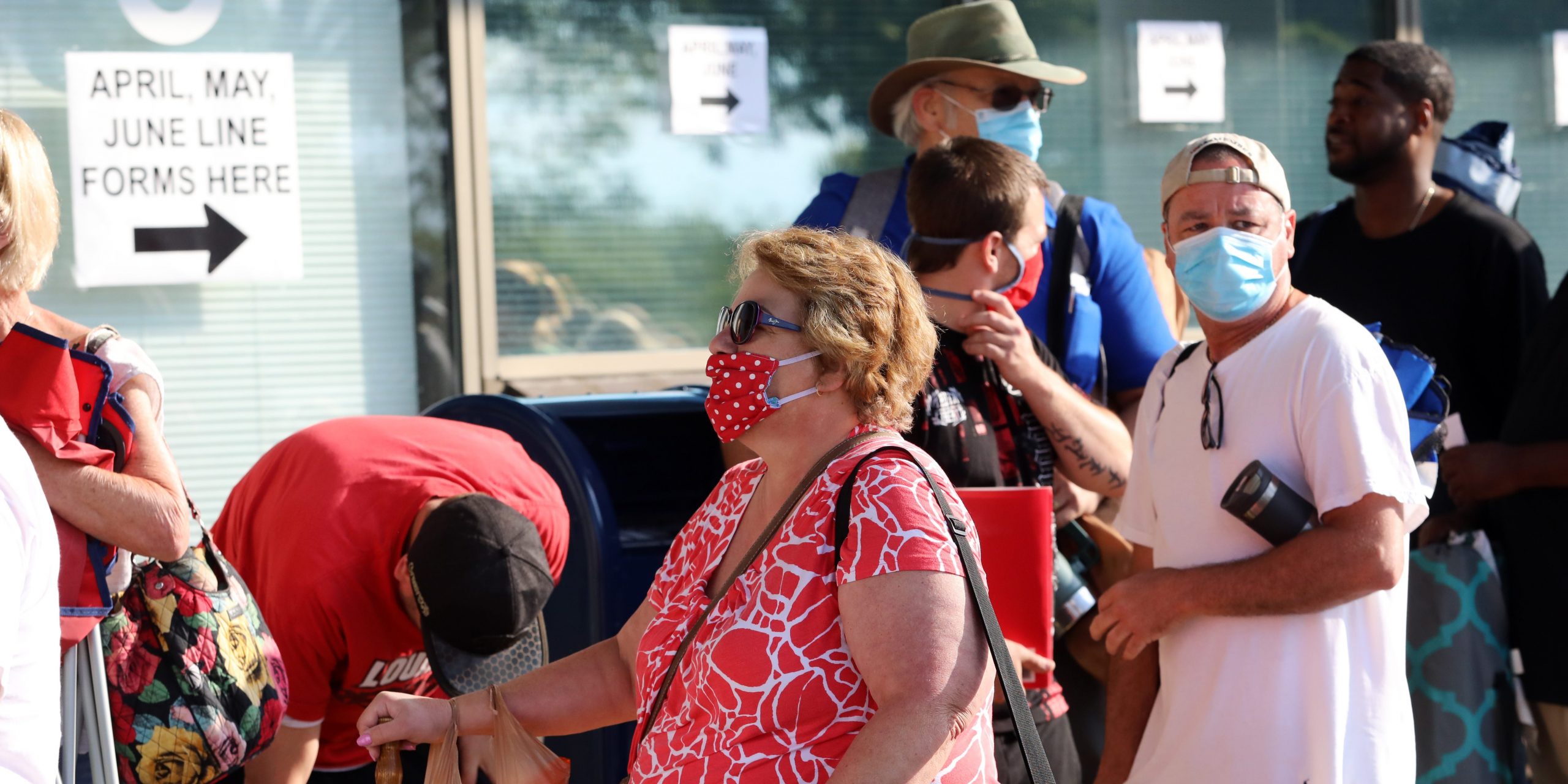
John Sommers II/Getty Images
- US jobless claims totaled 684,000 last week, a decline from the prior week's revised reading of 781,000.
- The reading comes in below the median economist forecast of 730,000 claims.
- Continuing claims dropped to 3.9 million for the week that ended March 13.
- See more stories on Insider's business page.
The number of Americans filing for unemployment benefits declined last week to the lowest level since the unemployment crisis began one year earlier.
New jobless claims totaled an unadjusted 684,000 for the week that ended Saturday, according to the Labor Department. That compares to the median estimate of 730,000 filings from economists surveyed by Bloomberg.
The previous week's reading was revised higher to 781,000. Initial claims have fluctuated around 750,000 for weeks as the labor market struggles to continue recovering. They're roughly triple the amount seen before the health crisis. For reference, 665,000 filings were made during the worst week of the previous economic slump, during the so-called Great Recession.
Weekly counts have fallen significantly since shooting to 3.3 million exactly one year ago.
Continuing claims, which track Americans currently receiving unemployment benefits, fell to 3.9 million for the week that ended March 13. Economists expected a drop to 4 million claims.
More than 82 million filings have been made since the pandemic first slammed the labor market in March 2020. That compares to 37 million claims made during the Great Recession.
The still-elevated claims data underscores the labor market's slow recovery relative to other corners of the economy. Manufacturing gauges, despite taking a hit from harsh winter storms in Texas, still point to strong growth in the industry. Warmer weather and increased consumer spending more recently lifted service businesses after lockdowns halted activity.
Job growth, on the other hand, has only just started accelerating. The February jobs report surprised to the upside, but the pace of payroll creation would require several years of progress to return to pre-pandemic levels. Other gauges of labor-market health like the labor force participation rate and broader U-6 unemployment rate have also seen little improvement in recent months.
Hiring could see a welcome boost later in the year from a massive infrastructure push. President Joe Biden's economic advisors are drafting plans for up to $3 trillion in spending on infrastructure, climate initiatives, and education programs. Tax increases on corporations and high earners might be used to pay for the massive spending package. Still, the plan faces opposition from Republicans who've previously balked at tax hikes.
